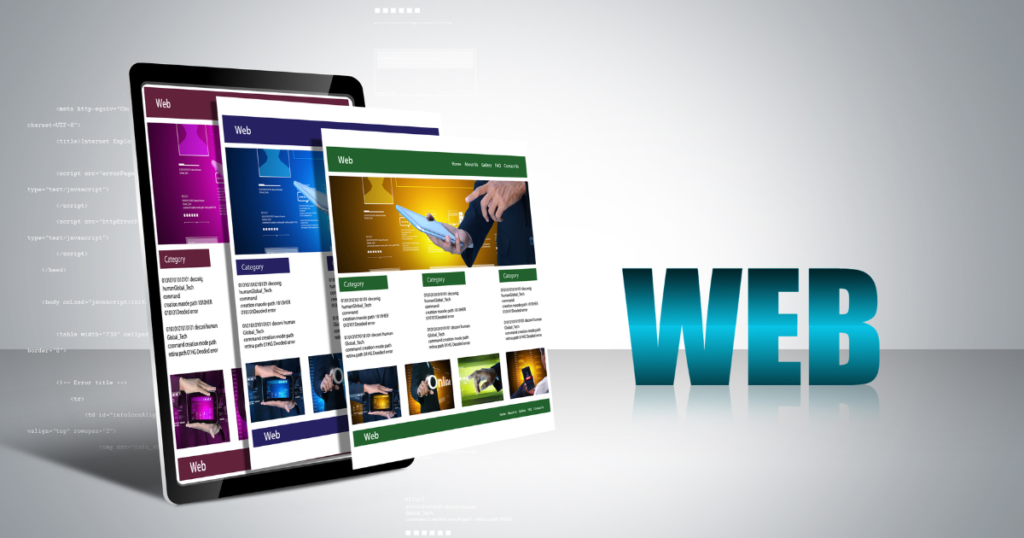11 Best Ecommerce Platform for Your Business In 2024: Pros, Cons+Pricing
In the rapidly evolving digital landscape, e-commerce has become the driving force behind modern retail. For businesses aspiring to establish […]
11 Best Ecommerce Platform for Your Business In 2024: Pros, Cons+Pricing Read More »
Software Reviews








